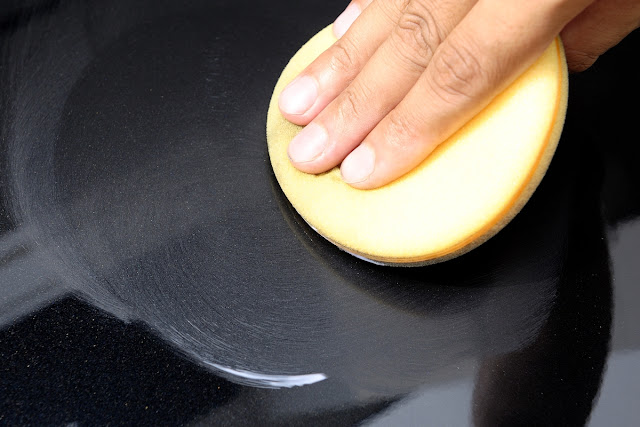Everything You Need to Know About Headlight Bulbs
Headlights are an absolutely essential safety feature of your Orlando Toyota car. Without them you wouldn't be able to see when driving at night or in the rain or be able to warn other drivers that you're there. Unfortunately, your vehicle's headlights can only shine so bright by using a headlight bulb and those, like regular lightbulbs, need to be replaced every so often. Not only that, but there are several different types of headlight bulbs to choose from when it comes to shopping for a replacement. It helps to know which type best fits your ride and how to install them and that's where Toyota of Orlando comes in. Our auto service experts have compiled some facts about headlights that will help keep your drive a little brighter.
Types of Headlight Bulbs
1) Halogen
Common on many Orlando Toyota vehicles, halogen car headlight bulbs use iodine, bromine, and electricity to generate light. They're fairly inexpensive to manufacture which means low bulb prices for those looking for replacements. However, they do suffer from a fairly low level of brightness and the bulb can be compromised if it comes in contact with even the smallest amount of moisture comes in contact with it.
2) Xenon, HID, Arc
Xenon bulbs create light by manipulating a high-voltage arc between two electrodes. The charge then ignites xenon gas and generates a white/bluish light. These headlight bulbs can give your ride a sleek look and plenty of brightness, but then can pose a hazard to other drivers due to their excessive intensity. They're also expensive to install in your vehicle.
3) LED
LED lights are becoming more popular in vehicles because of their customizability and color options. These Orlando Toyota headlight bulbs work by converting electricity into light by passing it through a diode. Bulbs typically last longer because they generate little to no heat. They're a tad more on the expensive side, but they're tolerable for other drivers, last longer, and still give you an ideal amount of down road visibility.
How to Replace a Headlight Bulb
With plenty of options, surely replacing a vehicle headlight bulb is difficult. Luckily, when it comes to replacing a bulb, it's almost as easy as replacing the one in your lamp. Just follow these simple steps:
- Pop open the hood of your Orlando Toyota car and find the back of the headlight assembly.
- Unscrew the bulb carriage and carefully remove it from the assembly.
- Avoid touching the bulb with your bare fingers and remove it from the carriage (either by sliding or screwing it out).
- Put the new bulb in, re-screw the carriage, and put it all back into the assembly.
- Test your newly installed headlight bulb to make sure your Orlando Toyota headlights are working properly.
It's that easy! If you need any more tips on headlights and bulbs, feel free to give Toyota of Orlando a call seven days a week at (407) 298 - 4500!







